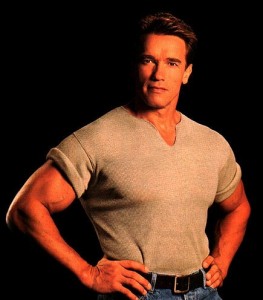Dickinson to Durban » Carbon Markets, Climate Change, Key COP17 Issues » “But it will ruin our economy!”
“But it will ruin our economy!”
by Claire Tighe ’13
Does curbing emissions mean compromising potential economic development?
In their WorldWatch Report entitled “Renewable Revolution: Low-Carbon Energy by 2030,” Sawin and Moomaw argue that it does not. (Even though simultaneously curbing economic development might not be such a bad thing, considering the effects of the United States’ exponential growth on a very limited aggregation of resources: the natural environment. In fact, less development for industrialized countries might even be preferable considering the projections for dangerous climate change if we continue to function with a “business-as-usual” model for emissions. If you’re curious about the environmental approach claiming that a cap on growth might not be so bad, check out Bill McKibben’s most recent book, Eaarth.) Instead, Sawin and Moomaw claim that “the way forward must be to focus on development that is sustainable – for developed and developing countries, and for humanity and Earth’s other species. This will be a future in which all people are entitled to necessary energy services that do not adversely affect the climate system or create undue environmental or economic burdens.”
But how to curb emissions in order to meet the safe target of total annual emissions in the United States to at least 80% below the year 2000 levels by the year 2050, without sacrificing economic growth? Sawin and Moomaw suggest that the best bet for reducing emissions and encouraging research and technological development may lie in the centrality of more local governments, as opposed to federal or international governing bodies. (Bill McKibben would probably agree here.) They “not only […] have a political mandate to govern and guide their communities, provide services, and manage muncipal assets, they also have the legislative and purchasing power necessary to implement changes in their own operations and the community. [They] can act as models in their regions or countries, showing how polices and local actions can be shaped to guide the transition to a sustainable energy future” (Sawin, Moomaw 17).

Former Governor of California, Arnold Schwarzenegger wants to know, "Ah you ready to transition to a low-carbon economy?"
The state of California is a brilliant example of a more local government enacting very large change without blows to their economy. “Motivated by the energy crisis of the 1970’s, California has instituted a broad range of policies to encourage energy conservation. As a result, the average Californian consumes 40% less electricity than the average American, and the state’s consumers saved $56 billion in energy costs between 1975 and 2003 from building and appliance efficiency standards alone” (Luers et al 19). In addition, the new policies initiated by California to reduce their emissions levels are providing net economic gains, as the state is one of the primary places for clean energy technological development, and the eighth largest economy in the world (Luers et al).
Now is the time for the United States as a whole to make the transition. As Sawin and Moomaw say, “The energy choices made by policymakers and negotiators, and those made by all people during the next few years, will determine the energy future of much of the world for decades to come – and the future of global climate and human civilization for centuries.”
Sources:
California Energy Commissions. http://www.energy.ca.gov/research/
Luers, et. al. How To Avoid Dangerous Climate Change. 2007.
Sawin and Moomaw. Renewable Revolution: Low-Carbon Energy by 2030
Filed under: Carbon Markets, Climate Change, Key COP17 Issues · Tags: Claire Tighe, climate change, low-carbon economy, mitigation, renewable revolution








Recent Comments